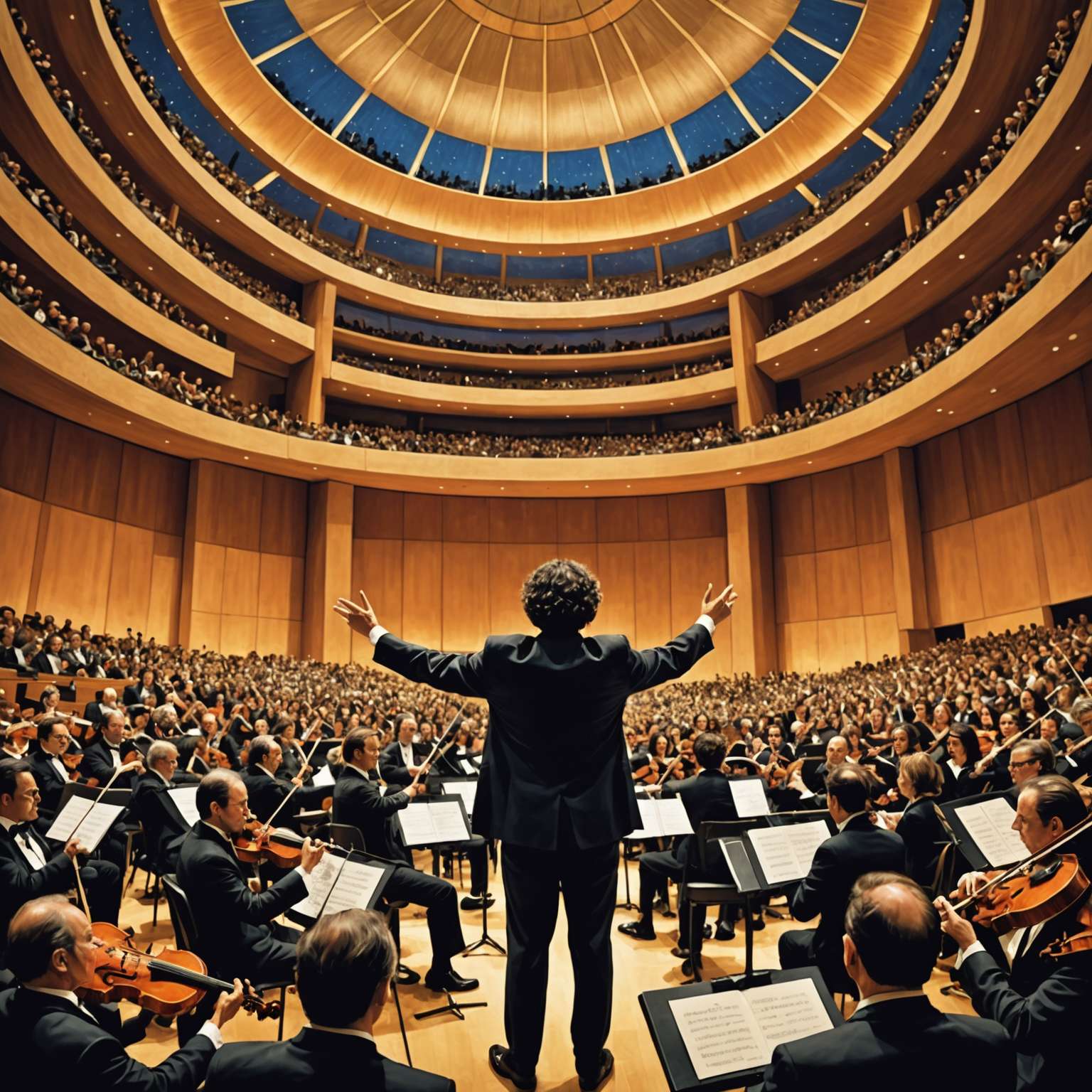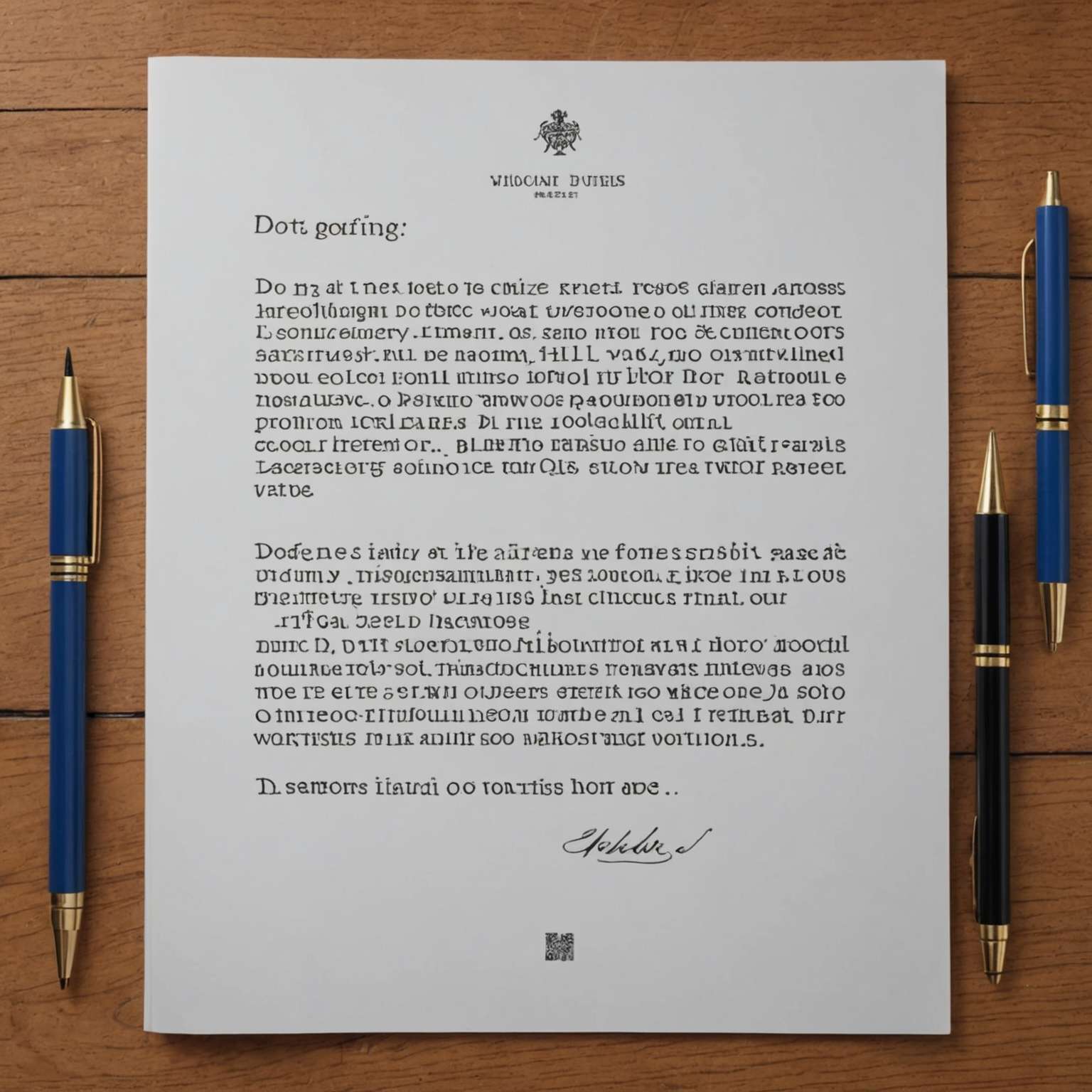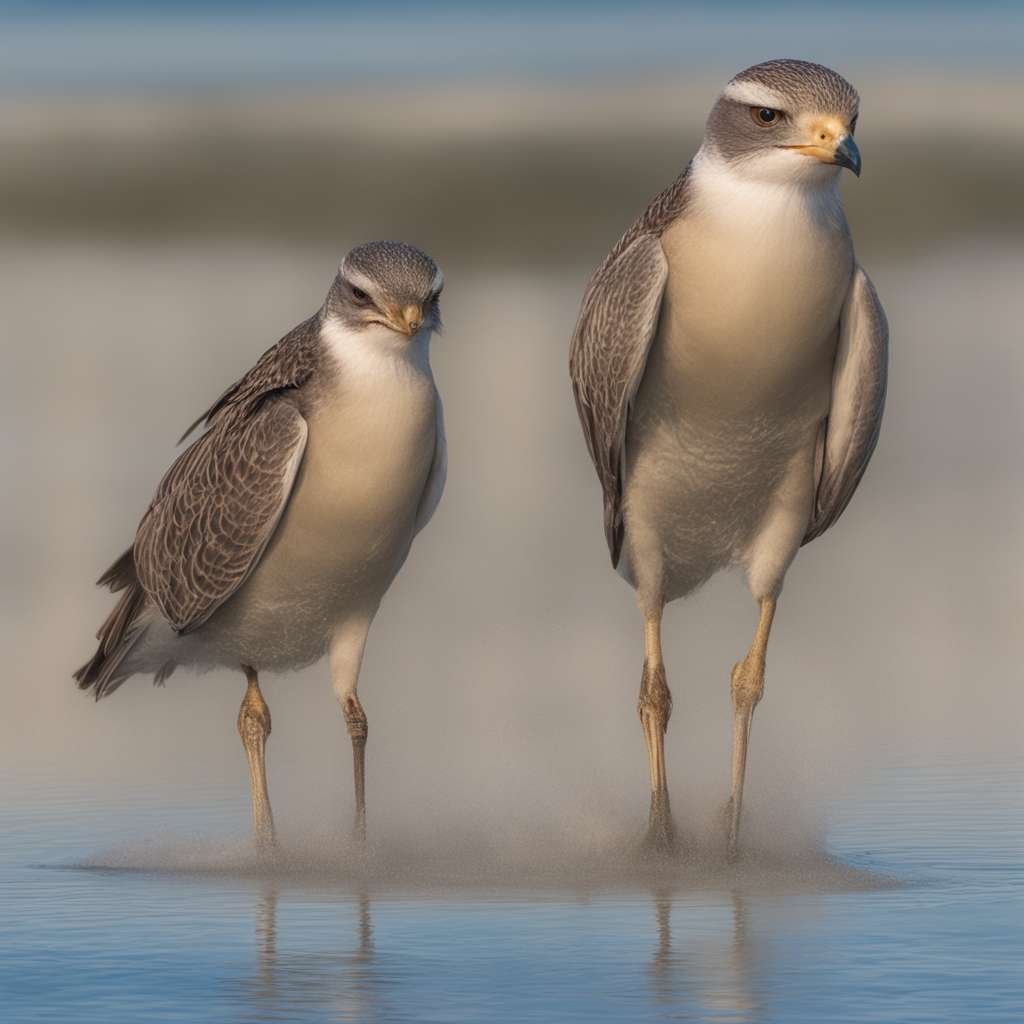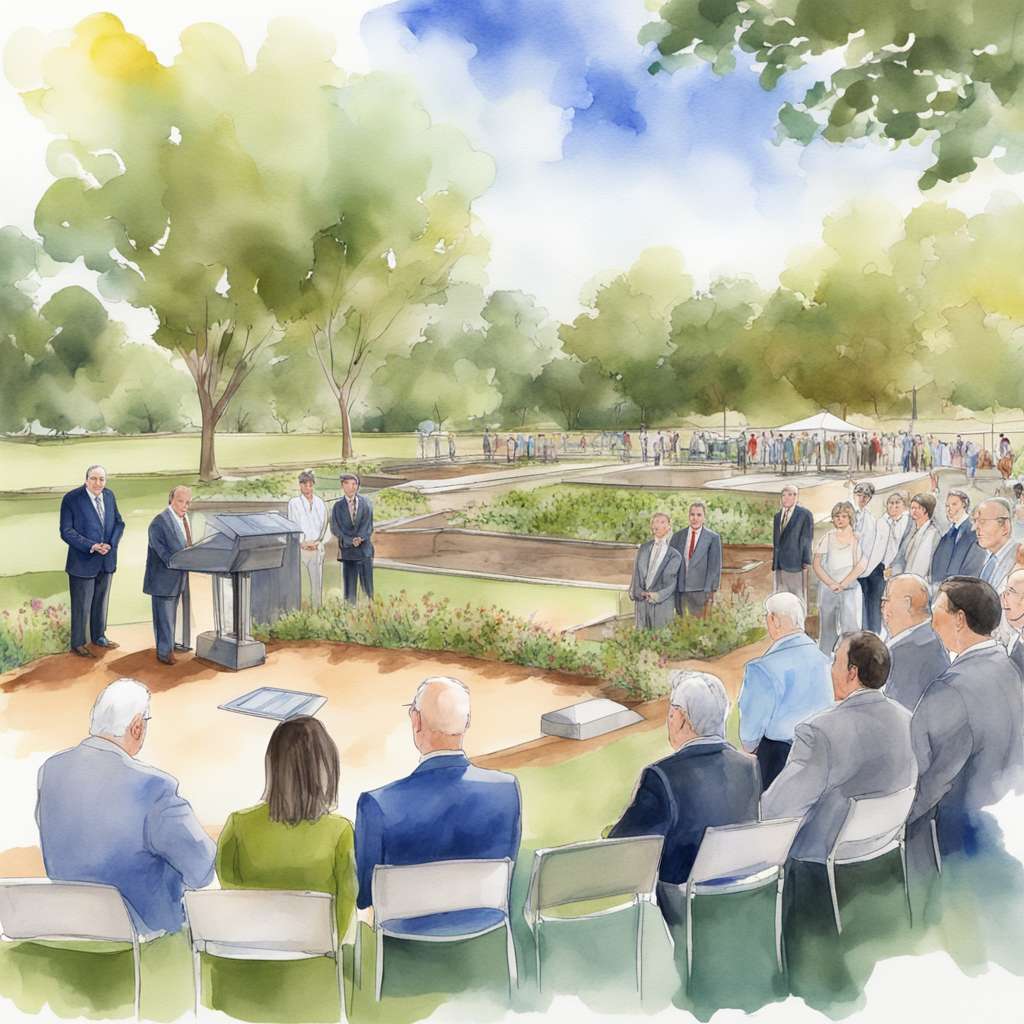
Los Angeles unveils groundbreaking self-sustaining park project
- The $5.5 million Caballero Creek Park will open in April 2025 and include watershed protection elements.
- Features like a bioswale wetland will treat stormwater and create habitats, connecting Angelenos to California’s riverine ecology.
- Amenities such as an outdoor fitness center, play areas, and L.A. River bike paths will enhance community engagement.
Los Angeles officials have embarked on a groundbreaking journey to create the city’s first self-sustaining park, utilizing innovative water-capture infrastructure and solar power to irrigate the future green space. Councilman Bob Blumenfield led the ceremony alongside the Mountains Recreation and Conservation Authority, L.A. County officials, and city department staff to celebrate the commencement of Caballero Creek Park. This park, located south of Victory Boulevard on Lindley Avenue, will transform a 1.5-acre lot into a vibrant green space between the Los Angeles River and Caballero Creek in Tarzana.
The $5.5 million project, which is jointly funded by the city, county, and state, along with contributions from community organizations, is expected to open in April 2025. The park will feature watershed protection elements, a bioswale wetland component for stormwater treatment, and new wetlands that will create habitat, clean water, and connect Angelenos to California’s riverine ecology. Additionally, the park will include amenities such as an outdoor fitness center, play and recreation areas, and L.A. River bike paths.
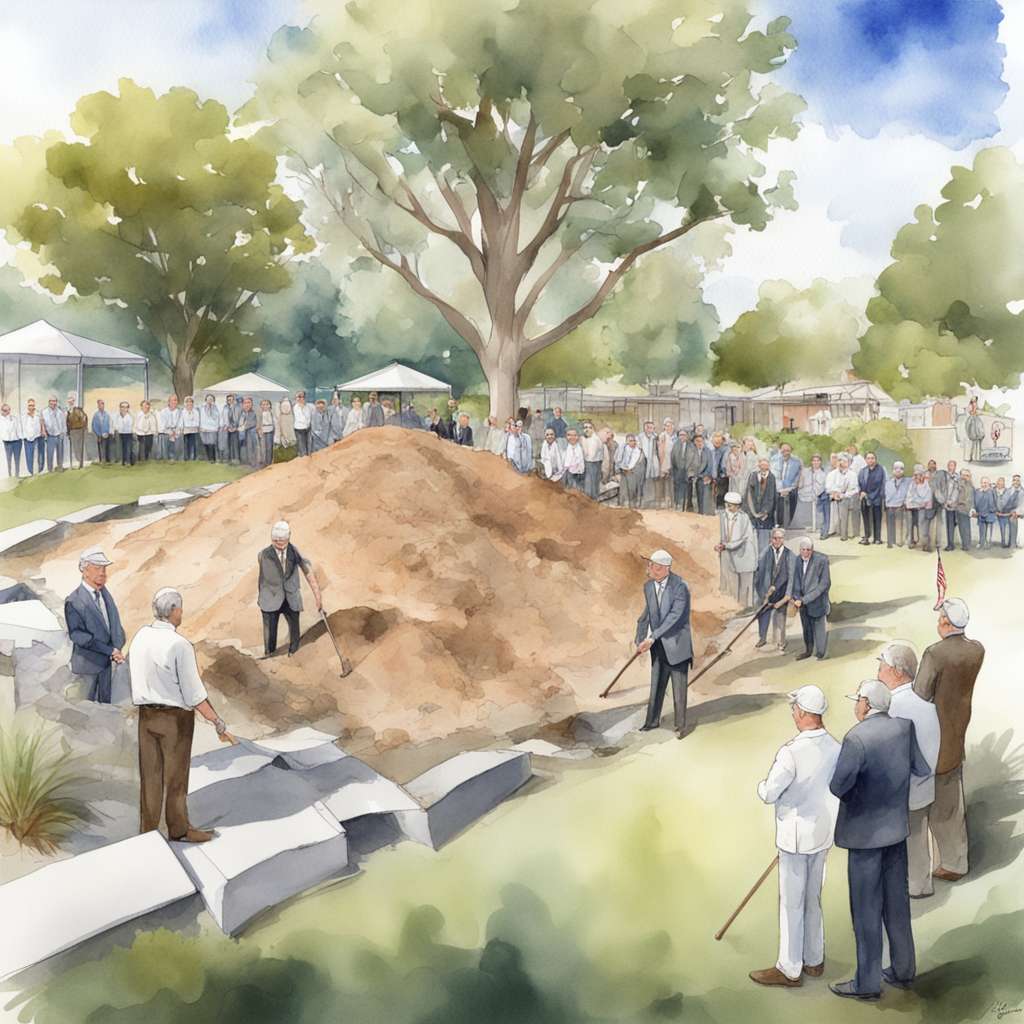
Construction Begins for 12 Acres of Park Space Below the Sixth Street Viaduct
One year after the replacement of the Sixth Street Viaduct, Los Angeles city officials have commenced work on 12 acres of new park spaces at the foot of the $588-million bridge. The groundbreaking ceremony on August 5 marked the start of construction for the Sixth Street Park, Arts, and River Connectivity project, known as “PARC.” This $82-million project will create seven acres of new open space on the east side of the Los Angeles River in Boyle Heights and an additional five acres in the Arts District on the west side.
The design concept, “Canopy & Objects,” includes three main components. In Boyle Heights, the eastern portion of PARC will feature grass fields, picnic areas, a splash pad, and event space, along with sports fields and courts for basketball, soccer, volleyball, and skateboarding. On the west side, the new Arts Plaza and River Gateway will provide room for performances, a café, and restrooms. The Leonard Hill Arts Plaza, a 1.4-acre space below the viaduct, will include a performance lawn, dog park, and fitness equipment.
The project, which has seen its estimated cost swell to $82 million, is expected to complement new transportation projects in the Arts District and Boyle Heights, including a new segment of the Los Angeles River bike path and the proposed extension of Metro’s B and D Lines to 6th Street. Construction is expected to take two-and-a-half years.
Former Industrial Site to Become Pocket Park in South L.A.
As part of the City of L.A’s 50 Parks Initiative, a former industrial site in Central-Alameda, South Los Angeles, is set to be transformed into a new public park. The proposed Nevin Avenue Park will be located on a quarter-acre property at 1527-1531 E 32nd Street, surrounded by the Nevin Avenue Elementary School campus. This new park will serve nearly 6,300 people within a half-mile radius.
The site, previously used by the Renu Plating Company from 1955 to 1984, has contaminants in the soil and wastewater, including alkalines, base metals, and cyanide. The redevelopment will involve the removal and replacement of the top two feet of soil, following a remediation plan approved by the California Department of Toxic Substances Control. The new green space will include an entry plaza, picnic area, children’s playground, fitness equipment, plant garden, walking trails, and an outdoor learning space. The project will also see the planting of 29 new shade trees, including Red Oaks, Jacaranda, Palo Verde, and California Bay Trees. The total cost of Nevin Avenue Park, including land acquisition, is roughly $2.78 million, with construction expected to begin in Summer 2023.
Our New Arts & Recreation Center – Heart of Los Angeles
The Heart of Los Angeles (HOLA) has unveiled its new Arts & Recreation Center, a 24,000-square-foot facility located in the northeast corner of Lafayette Park. This innovative construction, which includes modified shipping containers as “building blocks,” is a result of a public/private partnership with the City of Los Angeles Department of Recreation and Parks. The center’s design footprint allows for the preservation of green spaces and is compatible with the park’s existing Recreation Center and gym.
The state-of-the-art Performance Pavilion will host performances by HOLA’s Youth Orchestra program, YOLA at HOLA, in partnership with the Los Angeles Philharmonic. The new center will significantly increase the number of families reached annually from 2,100 to 4,000, representing a 74% growth. It will also expand the SmartStart Elementary Education Program and Music Programs, serving more children and families better.
The project is financed with New Markets Tax Credits, New Markets Community Capital, LLC, TELACU Company, and the Los Angeles Development Fund, along with U.S. Bank. The center aims to transform into a high-tech learning environment for kids and families in the city, offering STEM programming, college access and success programs, family counseling and intervention services, career development programming, and social service resources.
Our Advice on the City
Los Angeles is laying the groundwork for a better urban future with its ambitious plans for parks, transit, and urban development. The city’s efforts to create self-sustaining parks, transform former industrial sites into green spaces, and build new recreational facilities are setting new standards for urban planning and sustainability.
For occasional travelers, we recommend visiting the newly developed parks and recreational areas to experience firsthand the innovative urban planning and green initiatives that Los Angeles is implementing. These spaces not only offer a respite from the bustling city life but also provide a glimpse into the future of sustainable urban living.
For expert travelers, consider exploring the city’s extensive transit network, which is undergoing significant expansions. The under-construction D Line between UCLA and downtown, the planned Sepulveda Pass transit line, and the K Line extension from LAX to Mid-City and West Hollywood are all worth experiencing. These transit corridors are designed to connect dense neighborhoods and offer faster-than-driving speeds, making them an excellent way to navigate the city efficiently.
In conclusion, Los Angeles is making remarkable strides in urban development, setting an example for other cities to follow. Whether you’re a casual visitor or a seasoned traveler, there’s much to explore and learn from the city’s innovative projects and forward-thinking initiatives.
Trending now

